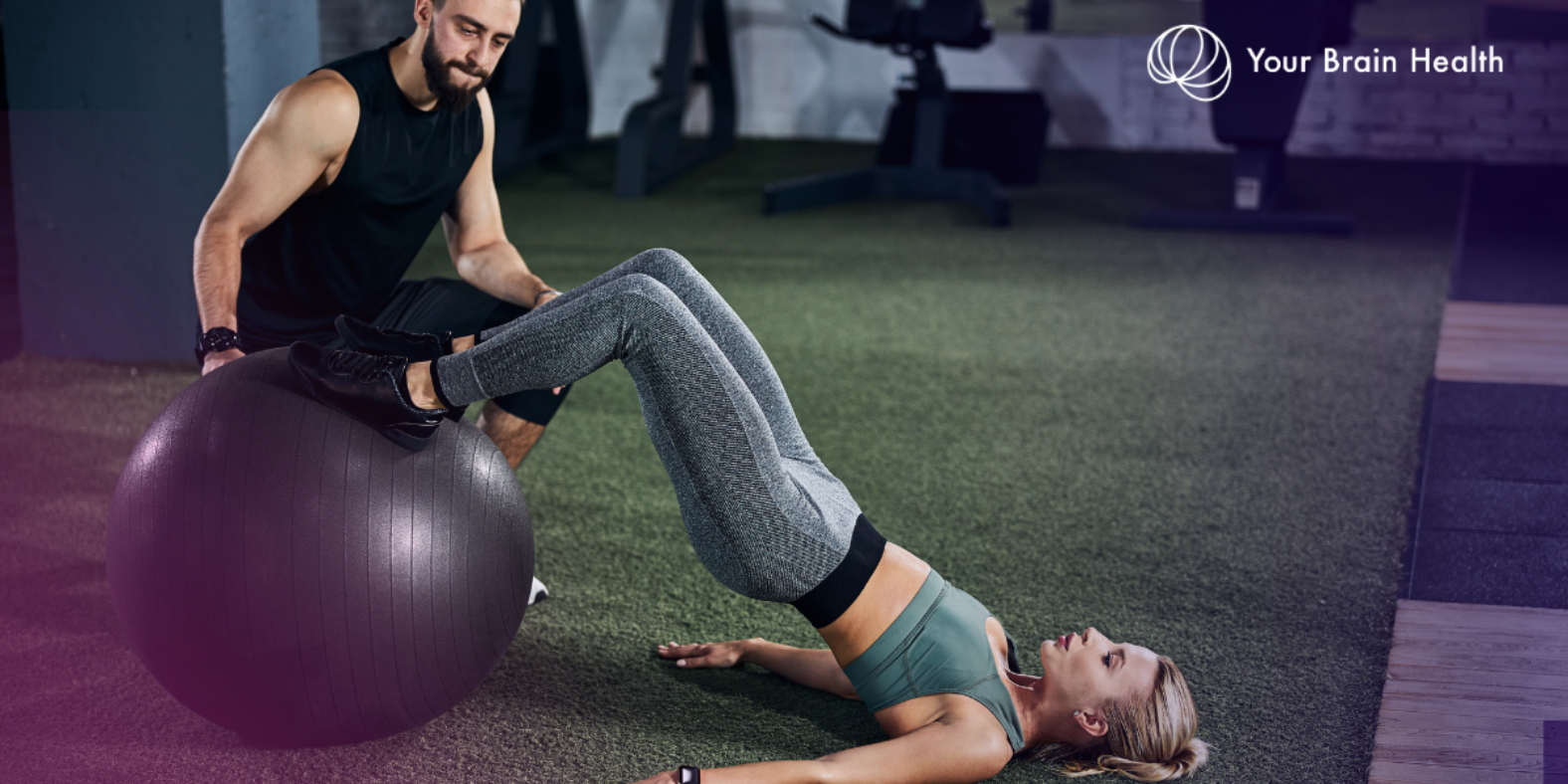

Novak Djokovic steps onto Centre Court today, aiming for his 8th Wimbledon title and 25th Grand Slam victory, adding another milestone to his illustrious career. However, the past few months have posed significant challenges for the Serbian star.
It’s important to note that the following is anecdotal and depends on accurate reporting, but research suggests that management of head impacts can be just as important for both brain and body.
Could this be a case of a predictable coincidence?
10th May 2024 – Novak Djokovic is accidently struck on the head whilst signing autographs when a metal water bottle falls out of a spectator’s bag.
Djokovic reports “That has really impacted me a lot. After that I got medical care, been through half an hour, an hour of nausea, dizziness and blood,” Djokovic said. “I managed to sleep OK. I had headaches. The next day, or yesterday, was pretty fine, so I thought it’s OK. Maybe it is OK, maybe it’s not.”
12th May 2024 – Djokovic is unexpectantly knocked out of the Italian Open 6-2, 6-3 by 29th seed Alejandro Tabilo.
Djokovic reported after the game “Today under high stress, it was quite bad – not in terms of pain, but in terms of this balance. Just no coordination. Completely different player from what it was two nights ago.”
24th May 2024 – Djokovic is knocked out of the Geneva Open by world no. 44 Thomas Machac, beating the world no.1 6-4, 0-6, 6-1.
So what are some of the challenges athletes might face post-concussion?
Balance, coordination, concentration, vision.
Research suggests that more than half of sports-related concussions result in vestibular-ocular motor dysfunction. In an arena where even the smallest advantages can be the difference between winning and losing, the restoration of these components is critical.
With improved oculomotor function facilitating fast and accurate motor movements, this approach to training can even enhance sensorimotor abilities and hand-eye coordination. Could this be one of the secret weapons that elite athletes possess?
Post-concussion rehabilitating oculomotor function needs to be considered.
In a fast-paced sport like tennis, where top players rely on exceptional hand-eye coordination, it is likely to performance-critical.
Ever wondered why you never made it to Wimbledon? Maybe it wasn’t just technique.
4th June 2024 – Djokovic withdraws at the Quarter-Final stage of Roland Garos following victory over Francisco Cerundolo due to a meniscal injury in his knee.
Djokovic reported that he had felt the knee before the tournament, but a slip in the second set exacerbated the issue.
6th June 2024 – Djokovic announces on his social media that he has had surgery on his knee having sustained a meniscus tear during his last match.
With evidence showing that following a concussion there is a 2.5 times greater risk of sustaining a musculoskeletal injury, a doubling in the risk of lower limb injuries, and the likelihood of a further concussive event occurring, it becomes clearer that challenges can go far beyond the brain.
Regardless of gender, or even the level competition, the risks are relevant. And this increased risk can persist well beyond the typical period for symptom resolution.
While the exact reasons for the changes in risk aren’t definitively known, one theory suggests that deficits in neuromuscular control following a concussion contribute to this increased risk.
However, one thing that does seem apparent is that many lines of thinking are leading us back towards the importance of multimodal, targeted rehabilitation.
So, what to do?
Waiting for symptom resolution alone is no longer appropriate management.
Whether it be visual training, neuromuscular control, balance or coordination; we need to rehabilitate athletes in the quest to both optimise performance and reduce injury risk.
Unsure where to start?
Your Brain Health Level 2 – Comprehensive Concussion Management will delve into the vast array of multimodal assessment options for immediate an on-going evaluation. A 10 hour online course, it is split into easy to manage modules so you can go at your own pace.
Take a deep dive into concussion management today.




